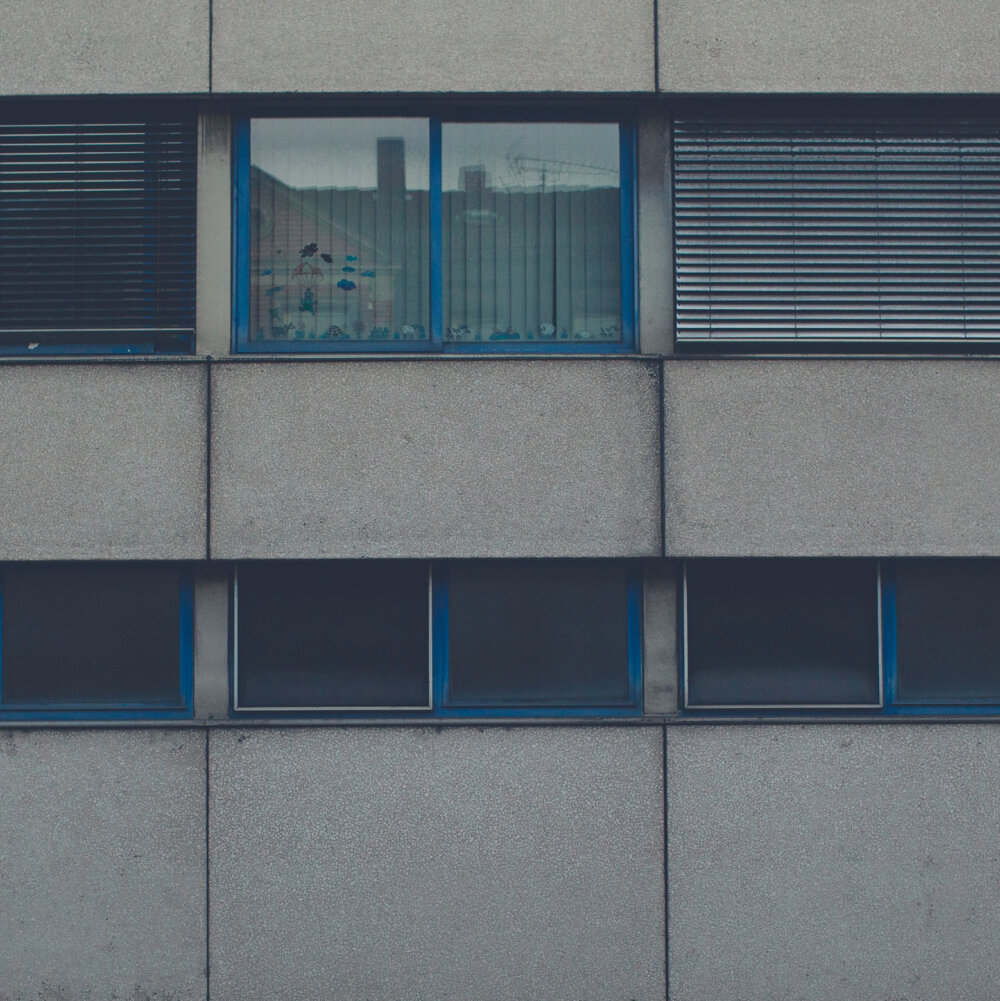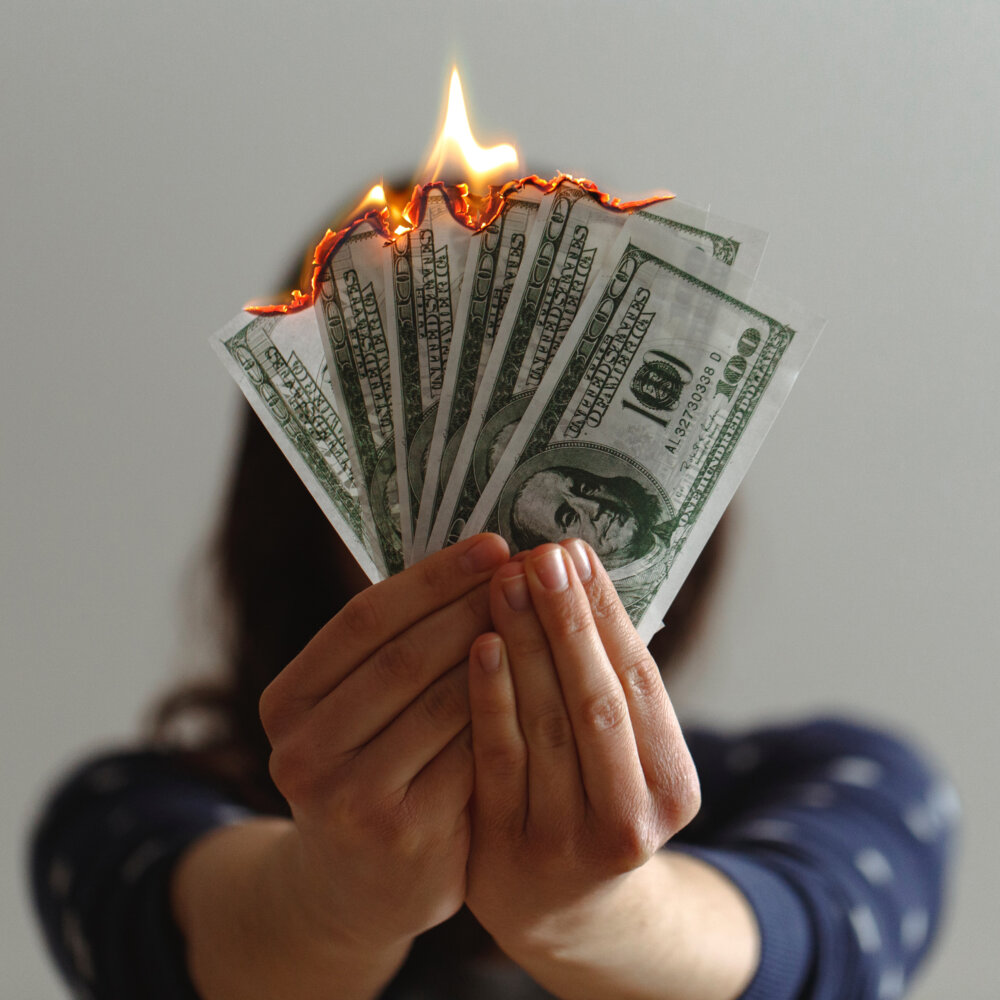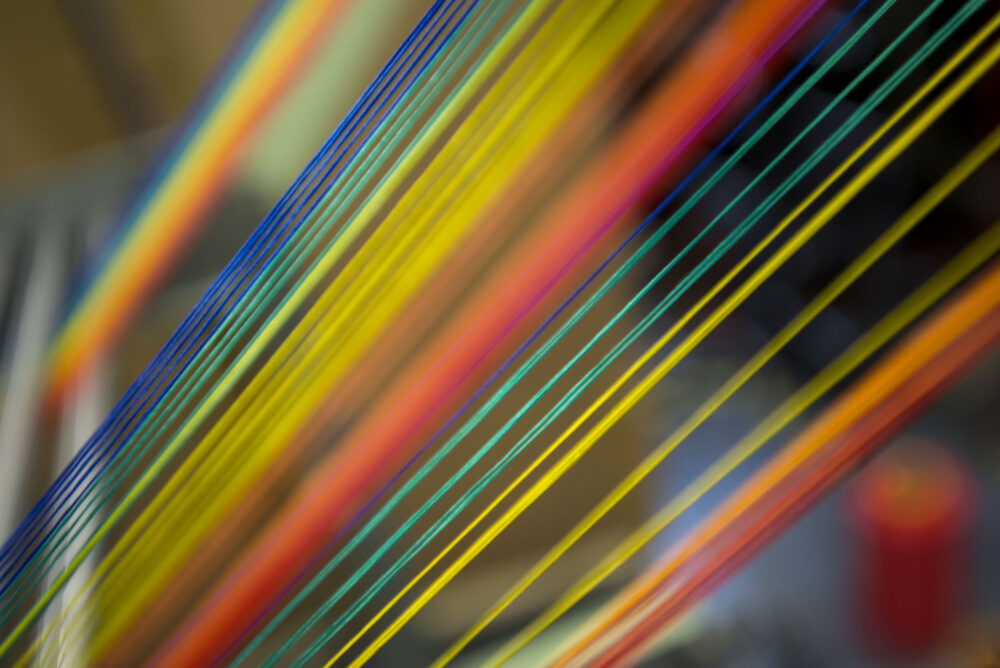What would the world be like without graphic design?
Modern culture depends heavily on graphic design, which has ingrained itself into every part of our everyday life. In addition to being in charge of the visual identity of companies, advertising, and marketing campaigns, it also has a significant impact on how information is presented in books, magazines, and newspapers. Have you ever thought about how the world might be without graphic design, though?
Let’s first define what graphic design is. Creating visual content to convey information or ideas to a particular audience is the creative process of graphic design. It uses a variety of media, including typography, photography, illustrations, and animation, and is employed in a variety of fields, including marketing, advertising, entertainment, and education.
The world would seem very different if graphic design didn’t exist. To begin with, firms would struggle to explain their goods or services to prospective clients. There wouldn’t be any packaging or logos, and the only form of advertising would be text messaging. Imagine entering a store where there is no product branding or packaging, and there is no signage to direct you. Businesses would find it difficult to stand out in a crowded market without the use of colours, typography, and graphics, and it would be difficult to tell one product out from another.
In addition, our communication tools would be very different without visual design. Only text-based content would be available in books, newspapers, and magazines, making it challenging to captivate readers and effectively convey ideas. Presentations would be unattractive and difficult to follow, and educational materials would be drab and uninspiring. Without visual aids, knowledge would be harder for us to comprehend and remember.
In addition, the entertainment sector would be affected. Without movie posters, album covers, and video game designs, it would be difficult to advertise and market these items. It would be difficult to give credit to the people who worked on them because even the design of movie credits and subtitles would be absent.
Another essential component of our digital environment is graphic design. Graphic design is a key component of user interface design for websites, social media sites, and mobile apps. These digital products would be dull and unattractive without graphic design, making it challenging to draw in and keep consumers.
Graphic design has the ability to arouse feelings and establish a certain mood. We may utilise imagery, typography, and colours to affect how we feel and perceive things. For instance, bright hues like red and orange might evoke feelings of enthusiasm, whereas cold hues like blue and green can evoke feelings of serenity.
Our visual environment wouldn’t be able to evoke strong emotions without graphic design. A drab and unattractive setting would result from the absence of aesthetic attraction, which would be bad for our mood and wellbeing. Without them, we wouldn’t be able to enjoy the pleasure of admiring lovely patterns, colours, and designs that provide interest and enjoyment to our surroundings.
Our civilization has also been significantly shaped by the employment of graphic design in social and cultural movements. Messages of hope, ideas for change, and societal challenges have all been communicated via posters, billboards, and other visual communication tools. It would be challenging to make a visual impact that inspires and encourages people to act without the power of graphic design.
In order to create content that is accessible, graphic design is essential. Complex information can be made simpler using infographics, pictures, and charts, which makes it simpler for people to understand and retain. This is crucial in the educational setting because graphic design may be utilised to produce interesting visual aids that promote learning.











